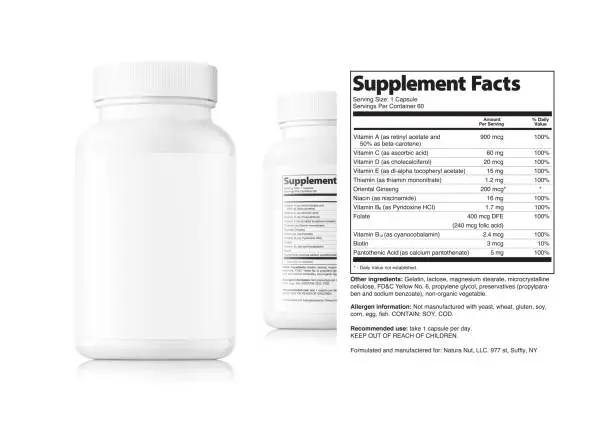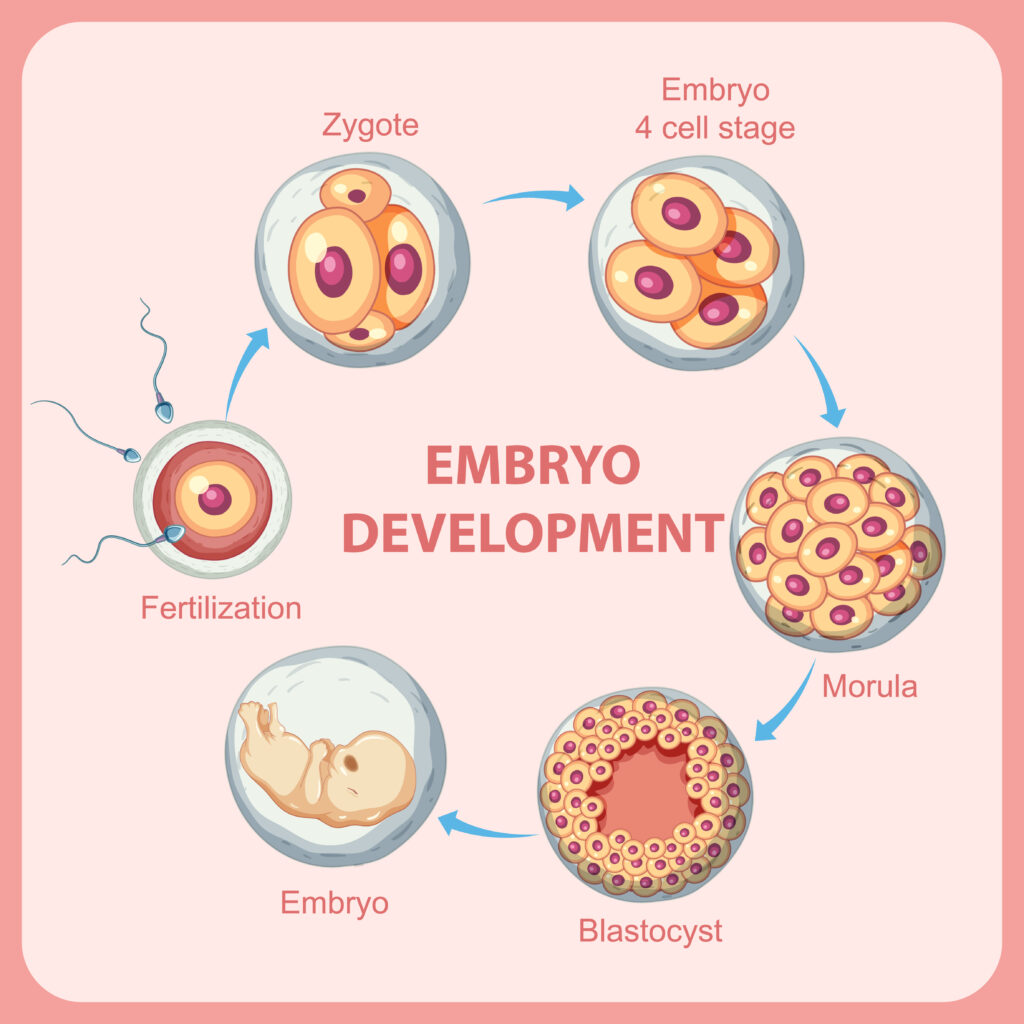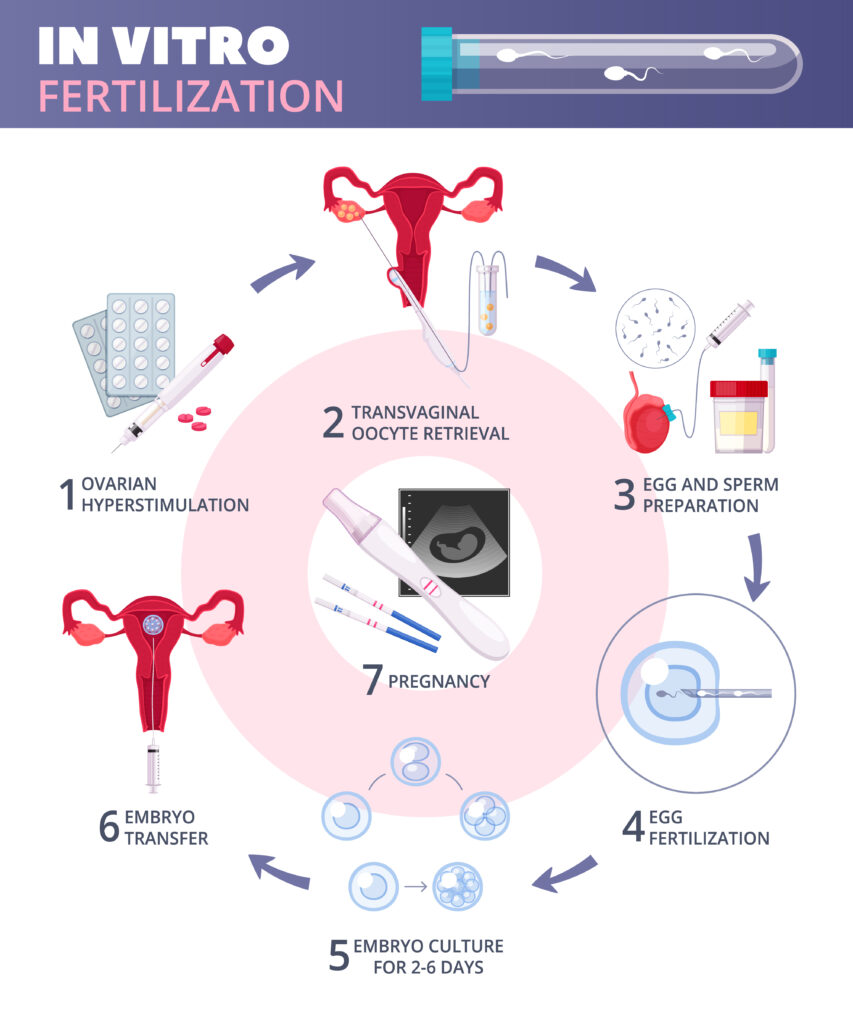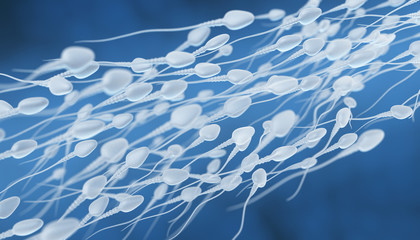Table of Contents
Understanding Hyperspermia Causes: A Comprehensive Guide
In the realm of male reproductive health, Hyperspermia is a topic that has garnered increasing attention. Hyperspermia refers to a condition where a man produces an abnormally large volume of semen during ejaculation. If we talk about its prevalence, a well conducted study says that approximately 4 percentage of Indian population have Hyperspermia.
Though there is no any significant negative impact of Hyperspermia on men’s health, but it does have implications for fertility and overall reproductive health.
In this comprehensive guide, we will delve into hyperspermia causes, exploring its potential impacts and shedding light on its management.
Introduction to Hyperspermia
What is Hyperspermia?
Hyperspermia, is characterized by the excessive production of semen during ejaculation. It is exactly opposite of hypospermia in which lesser than normal amount of semen get produced. Various studies have been conducted on this issue, some Research says that semen higher than 5.5 milliliter per ejaculation is considered as Hyperspermia. And some studies put limit a bit higher that semen amount higher than 6 ml is recongnised as Hyperspermia. Second one is considered as standard for the same.
Significance of Semen Volume
Semen volume is a key parameter in assessing male reproductive health. It is one of the factors considered during fertility evaluations. Although the link between semen volume and fertility isn’t straightforward, the sperm present in the semen has major role to play. Although abnormal semen volume, such as in hyperspermia, can raise questions about underlying health and potential fertility issues.
Identifying the Symptoms of Hyperspermia
When thinking of conditions related to reproductive health, it’s essential to recognize the signs and symptoms of hyperspermia early. For hyperspermia, these are the indicators you might notice:
Volume of Semen
The most obvious symptom of hyperspermia is the increased volume of semen. A typical ejaculation volume ranges between 1.5 to 5 ml. Men with hyperspermia may produce significantly more than this.
Consistency of Semen
Have you ever noticed how some liquids are thicker than others? Well, the consistency of the semen in hyperspermia can be thinner than what is considered typical. It is also one of the important symptoms of Hyperspermia.
Delayed Climax
If we have to ponder upon the symptoms of Hyperspermia, than Imagine running a marathon and feeling like the finish line keeps moving further away. Men with hyperspermia might experience a longer duration to reach climax, making the ‘finish line’ seem distant.
Pain during Ejaculation

No one wants to feel pain, especially during intimate moments. Unfortunately, hyperspermia can lead to discomfort or pain during ejaculation for some men.
Extended Arousal Periods
It’s like reading a gripping novel and not being able to put it down. Men with hyperspermia can have extended periods of arousal, even without stimulation.
Other Symptoms of hyperspermia
The Ejeculated semen in case of Hyperspermia happen to be yellowish or off white.
Patients suffering from Hyperspermia nomally have delayed climax while having intercourse, which makes them extremely tired.
Understanding the Male Reproductive System

Anatomy of the Male Reproductive System
Before delving into the complexities of hyperspermia, it’s important to grasp the basics of the male reproductive system. The male reproductive anatomy includes the testes, epididymis, vas deferens, prostate gland, and seminal vesicles.
Seminal Vesicles and Their Role
The seminal vesicles, often overlooked but crucial, contribute to the formation of semen. These small glands are responsible for producing a significant portion of the fluid that nourishes and transports sperm.
Normal Semen Parameters
Semen Volume, Sperm Count, and Motility
In a normal scenario, the volume of semen produced during ejaculation ranges from 2 to 6 milliliters. This fluid carries sperm, which plays a vital role in fertilization. Sperm count and motility, the ability of sperm to move, are equally important factors in male fertility.
The Phenomenon of Hyperspermia
Defining Hyperspermia
Hyperspermia is often defined as an excessive or abnormally high volume of semen during ejaculation. Normally the amount of semen more than 6 milliliter in per ejaculation is thought of as Hyperspermia.
Types of Hyperspermia
Hyperspermia is not a one-size-fits-all condition. It can be categorized into primary and secondary hyperspermia.
Primary hyperspermia is present from birth, often with a genetic link.
Secondary hyperspermia, on the other hand, develops later in life due to various factors.
Hyperspermia Causes
Genetic Predisposition
Primary hyperspermia can be rooted in genetics. Certain individuals may have an inherited tendency to produce larger amounts of semen.
Hormonal Imbalances
Hormones play a crucial role in regulating various bodily functions, including reproductive processes. An imbalance in hormone levels, particularly testosterone, can contribute to hyperspermia.
Sexual Abstinence
Believe it or not, the frequency of ejaculation can impact semen volume. Extended periods of sexual abstinence can lead to an accumulation of semen, resulting in higher volumes upon ejaculation. Hence gap between two sexual intercourse may be one the Hyperspermia causes.
Inflammation and Infection
Infections or inflammation in the reproductive organs can trigger the body’s natural response, leading to an increase in seminal fluid production.
Medications and Supplements

Certain medications, like Steroids, herbs used to boost sexual power, or those used for treating prostate conditions, can influence semen volume. Additionally, the use of certain supplements might also be the hyperspermia causes.
Other Hyperspermia causes
Like Certain kind of lifestyle, consumption of fibre rich content or foods containing of too much proteins and nutrients might also have a role to play in Hyperspermia.
Impacts on Fertility
Relationship Between Semen Volume and Fertility

While hyperspermia doesn’t directly equate to higher fertility, it can raise concerns about underlying issues. Fertility is influenced by various factors beyond semen volume.
Addressing Fertility Concerns
Men with hyperspermia who are concerned about their fertility should undergo comprehensive fertility evaluations. These evaluations consider factors like sperm count, motility, and overall reproductive health.
Diagnosis and Medical Assessment
Semen Analysis

A semen analysis is a standard diagnostic procedure to assess male fertility. It examines parameters such as semen volume, sperm count, motility, and morphology.
Hormonal Tests

Hormonal imbalances can contribute to hyperspermia. Hormone level assessments, including testosterone levels, can provide valuable insights into the potential causes.
Underlying Medical Conditions
In some cases, hyperspermia might be a symptom of an underlying medical condition, such as an infection or inflammation. Identifying and addressing these conditions is of vital significance.
Management and Treatment
Lifestyle Modifications

In cases where hyperspermia is not causing significant distress, lifestyle adjustments such as regular sexual ( Not too much gap and not too frequent sexual intercourse) activity can help manage semen volume.
Hormone Therapy
For individuals with hormonal imbalances contributing to hyperspermia, hormone therapy under medical supervision might be recommended.
Treating Underlying Infections
If infections or inflammations are identified as contributors to hyperspermia, appropriate medical treatment can help alleviate the condition.
Fertility Considerations
Assisted Reproductive Techniques

In situations where hyperspermia affects fertility, assisted reproductive techniques such as in vitro fertilization (IVF) might be considered.
Sperm Donation
Some individuals with severe hyperspermia might explore sperm donation as an option to achieve pregnancy.
Living with Hyperspermia
Psychological and Emotional Aspects
Reproductive health concerns can have psychological and emotional implications. Open communication and support from partners are essential.
Open Communication with Partners
Couples should engage in open discussions about hyperspermia, addressing any concerns or questions that may arise.
Conclusion
Hyperspermia, though not as widely discussed as some other male reproductive health concerns, holds its own significance. Understanding its causes, implications, and management options is crucial for individuals and couples seeking a comprehensive grasp of their reproductive health journey. By demystifying hyperspermia, we pave the way for informed decisions, open conversations, and proactive steps toward reproductive well-being.
FAQs about Hyperspermia
1. What is considered a normal semen volume?
Normal semen volume ranges from 2 to 6 milliliters per ejaculation.
2. Can hyperspermia be completely cured?
Complete cure might not always be possible, but management strategies can help alleviate symptoms.
3. Is hyperspermia related to higher fertility?
Hyperspermia alone doesn't guarantee higher fertility; other factors also play a significant role.
4. Are there any natural remedies for managing hyperspermia?
While no specific natural remedies are proven, maintaining a healthy lifestyle can contribute to overall reproductive health.
5. Can hyperspermia affect sexual satisfaction?
Hyperspermia itself is unlikely to directly affect sexual satisfaction, but the associated psychological aspects might have an impact.

